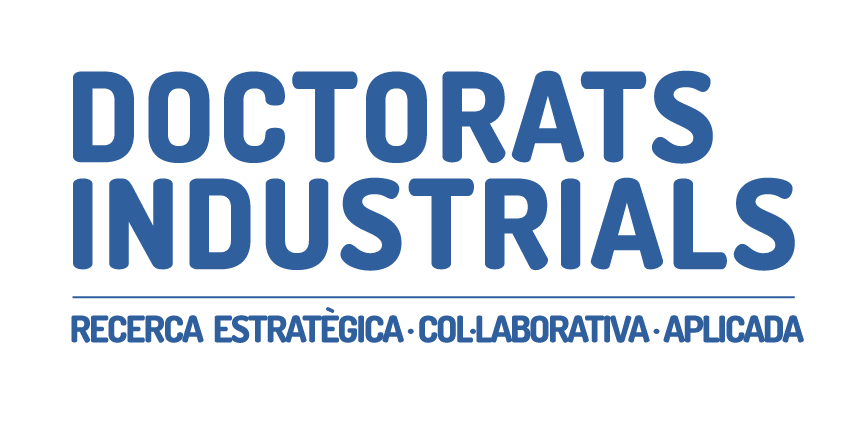Descripció del projecte
In the last decades different algorithms for anesthesia monitors have been developed and several devices are available in the operating theaters for that purpose. Even though they have improved the general anesthesia procedures by reducing the incidence of awareness (among other positive outcomes), they are not considered yet as an objective measurement of consciousness, nor pain.
None of them is incorporating cerebral blood flow (CBF) information, which is a very relevant signal in anesthesia: CBF is known to be affected by anesthetics and pain, which are the two main variables a depth of anesthesia monitor aims to estimate. Furthermore, the current models used to assess the drug effects in the brain (i.e. Minto model, Schneider model) do not take into account the CBF, which might condition the amount of time elapsed between the drug infusion and its maximum effect in the target, the brain.
One of the reasons why CBF has not been included in those monitors and drug titration models might be the challenge of creating a non-invasive, real-time and reliable measurement of the CBF. This project proposes a CBF measurement by electrical impedance, and its processing and combination with EEG information to improve the pain and consciousness assessment. To integrate information from both signals, different approaches will be studied, using both linear and non-linear techniques.
The main tasks for this research project are:
State of the art – Literature review of previous attempts of measuring cerebral blood flow (CBF) and their combinations with depth of anesthesia monitoring and pharmacokinetic and pharmacodynamics modeling of drug effects.
Data recording and processing: Planning and executing clinical studies to collect cerebral flow data, EEG raw data, drug titration data and other relevant clinical recordings. Signal processing of the recorded signals, mainly the EEG and CBF signals, using both linear and non-linear techniques, for: noise removal, feature extraction and other signal conditioning strategies to obtain a clean dataset for further analysis.
Algorithm development: Development of new algorithms based on EEG and CBF feature extraction and their combination using non-linear techniques, such as fuzzy logic and machine learning. Verifications of those algorithms and evaluation of the improved drug titration modelling and depth of anesthesia assessment.
Thesis writing.



